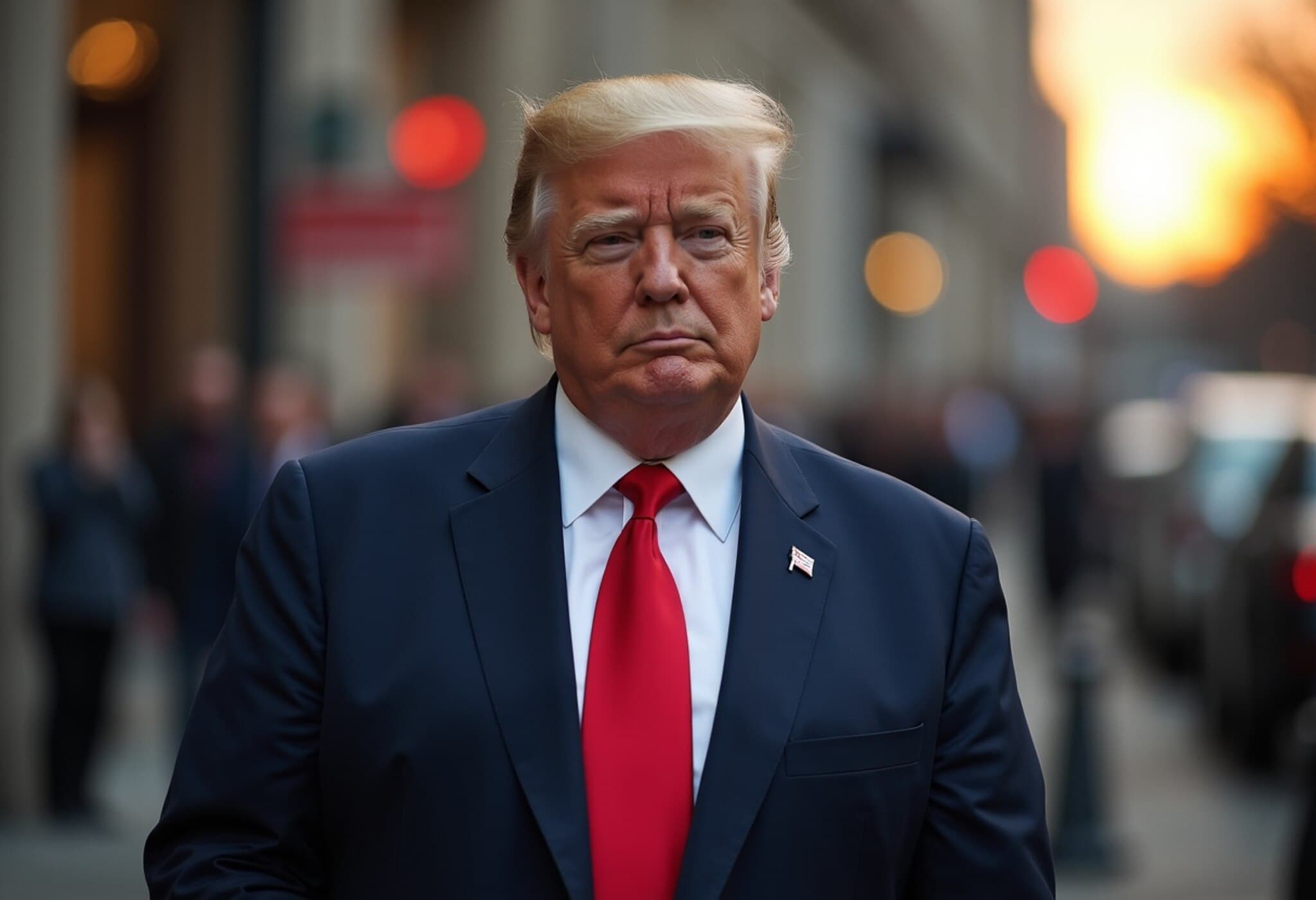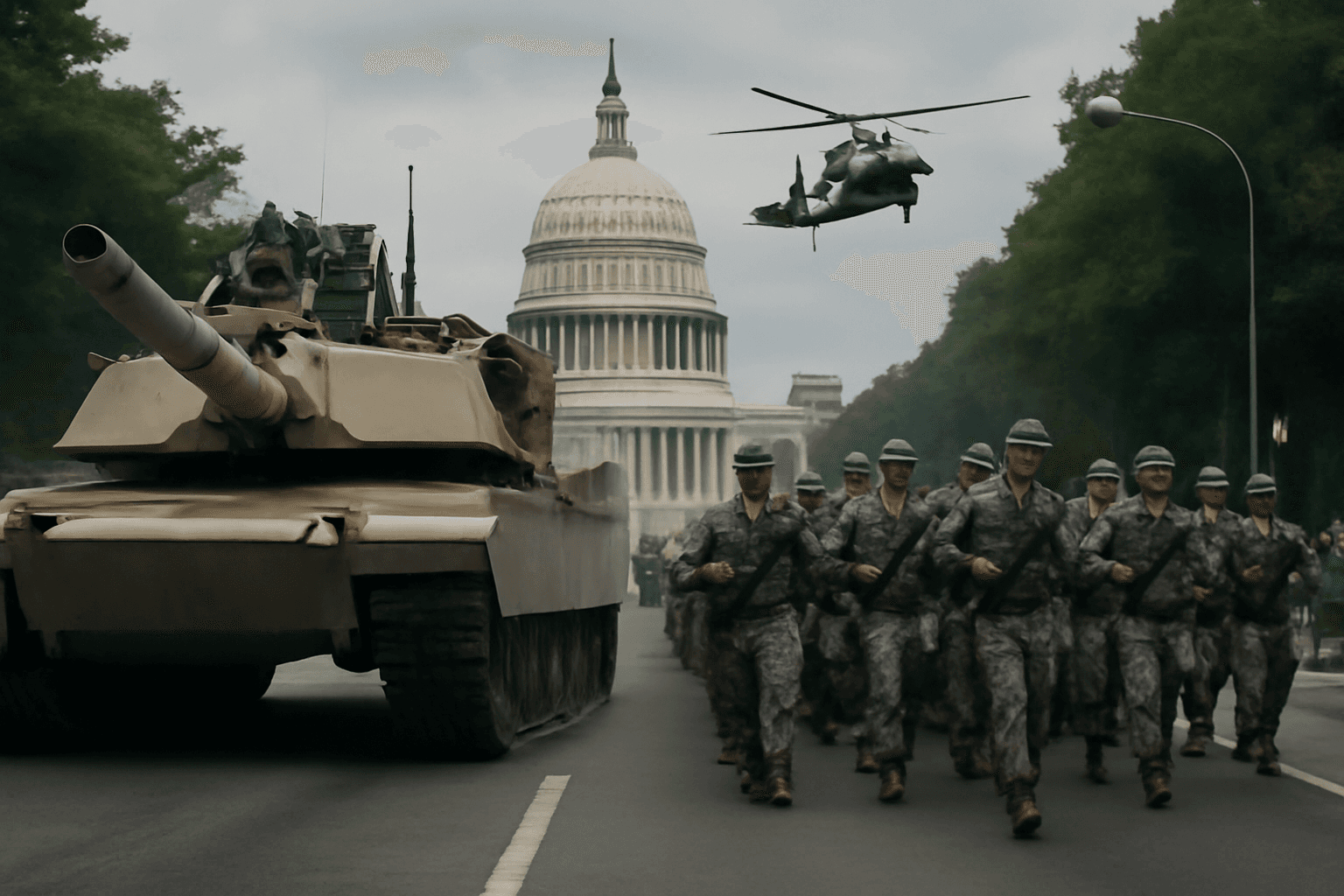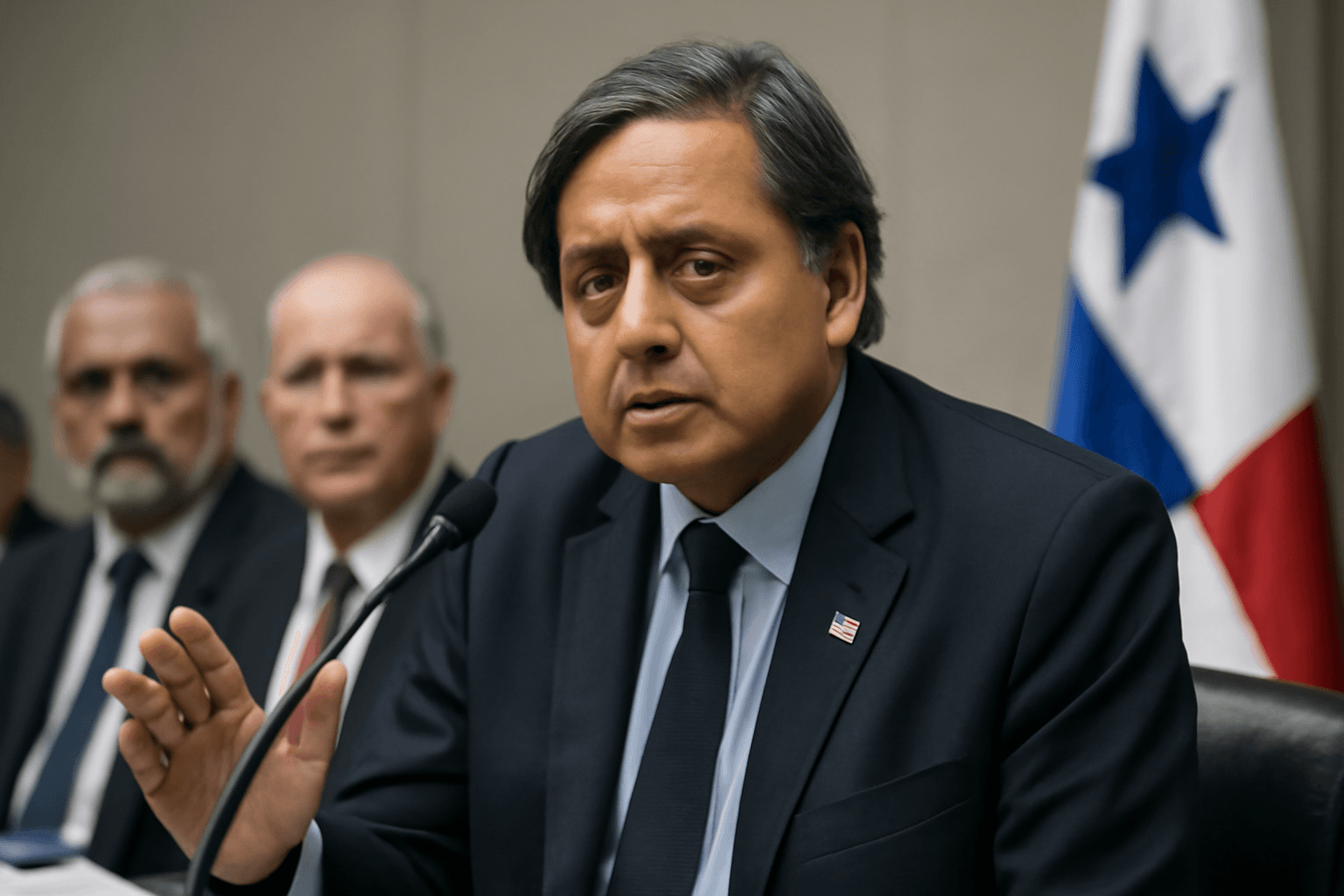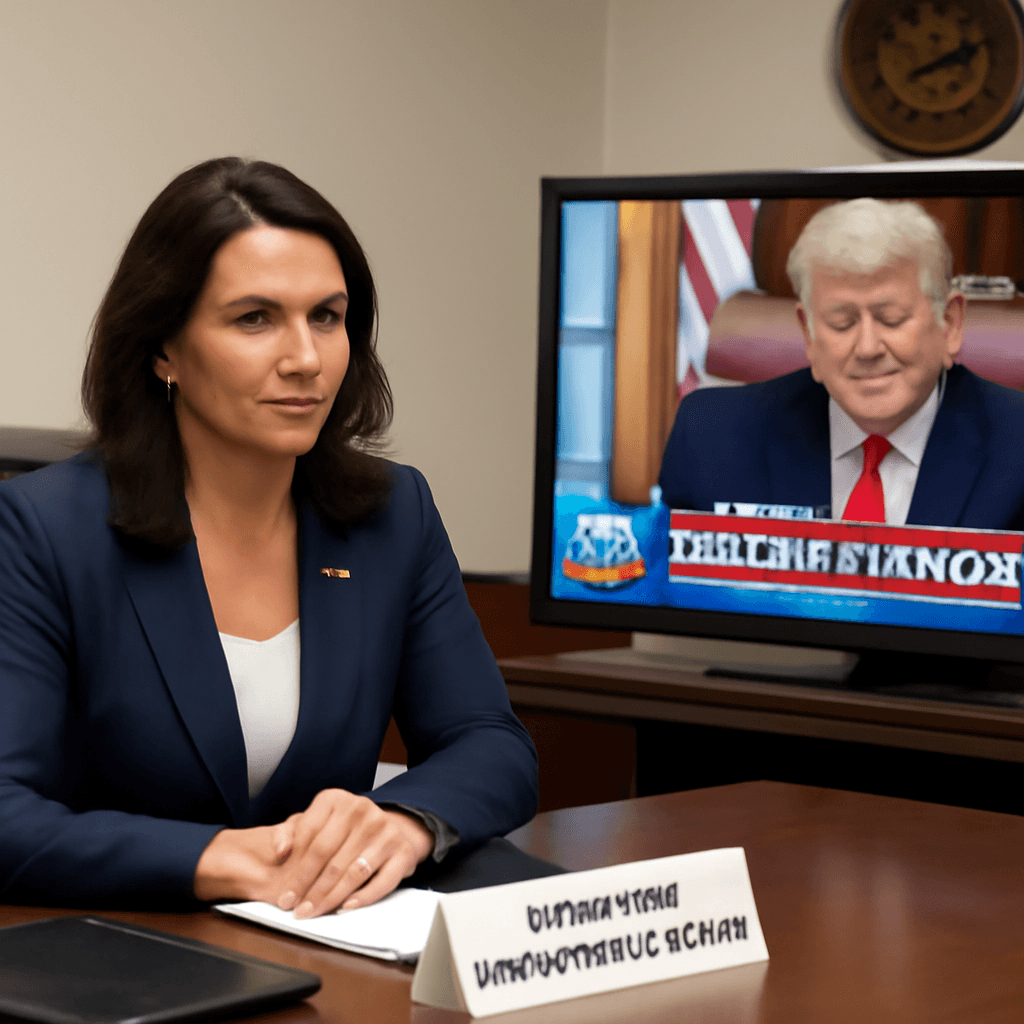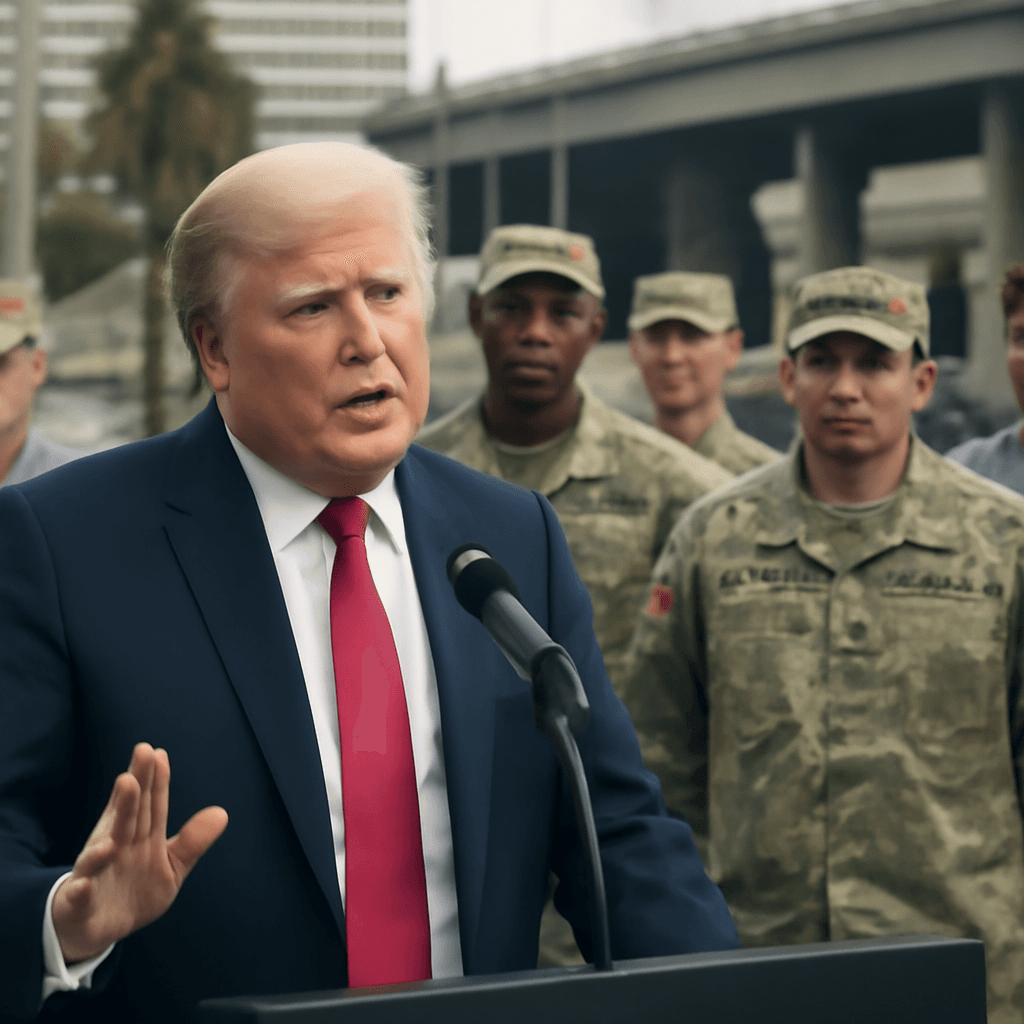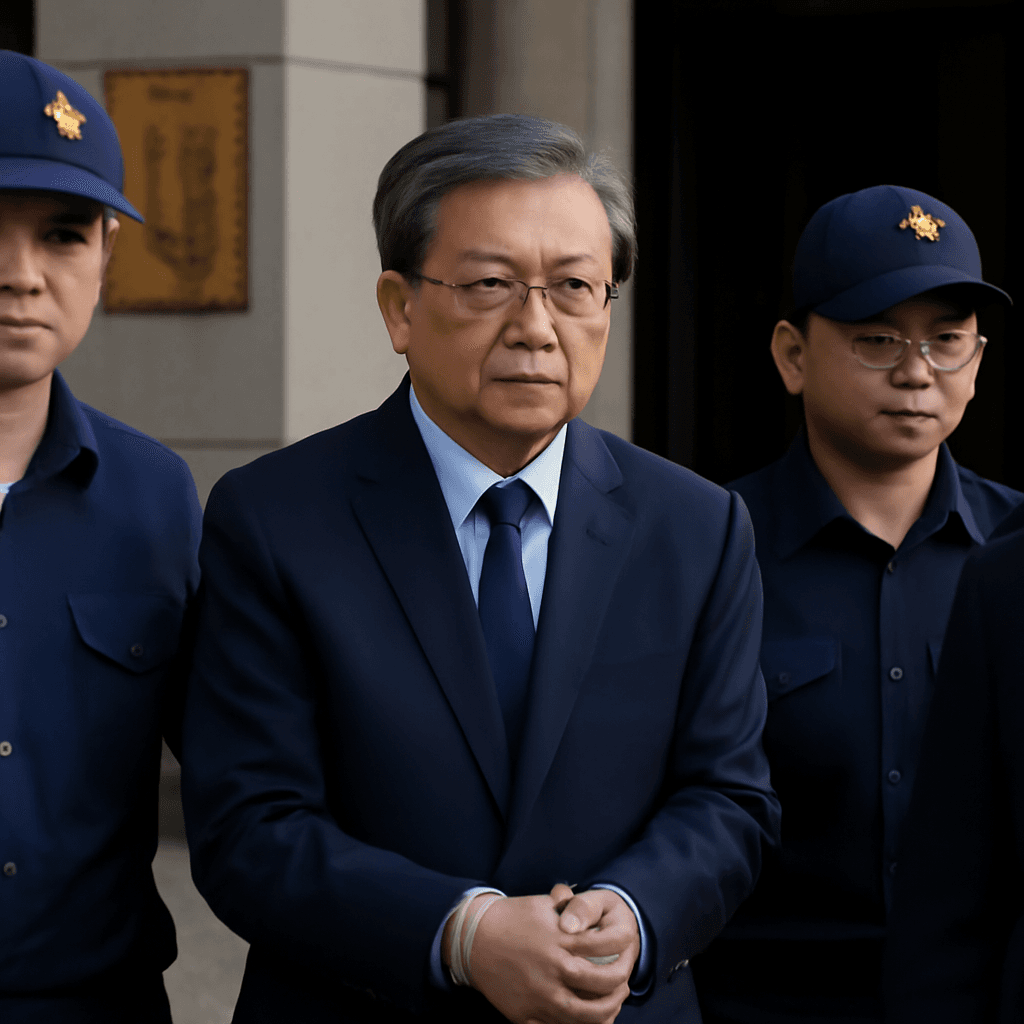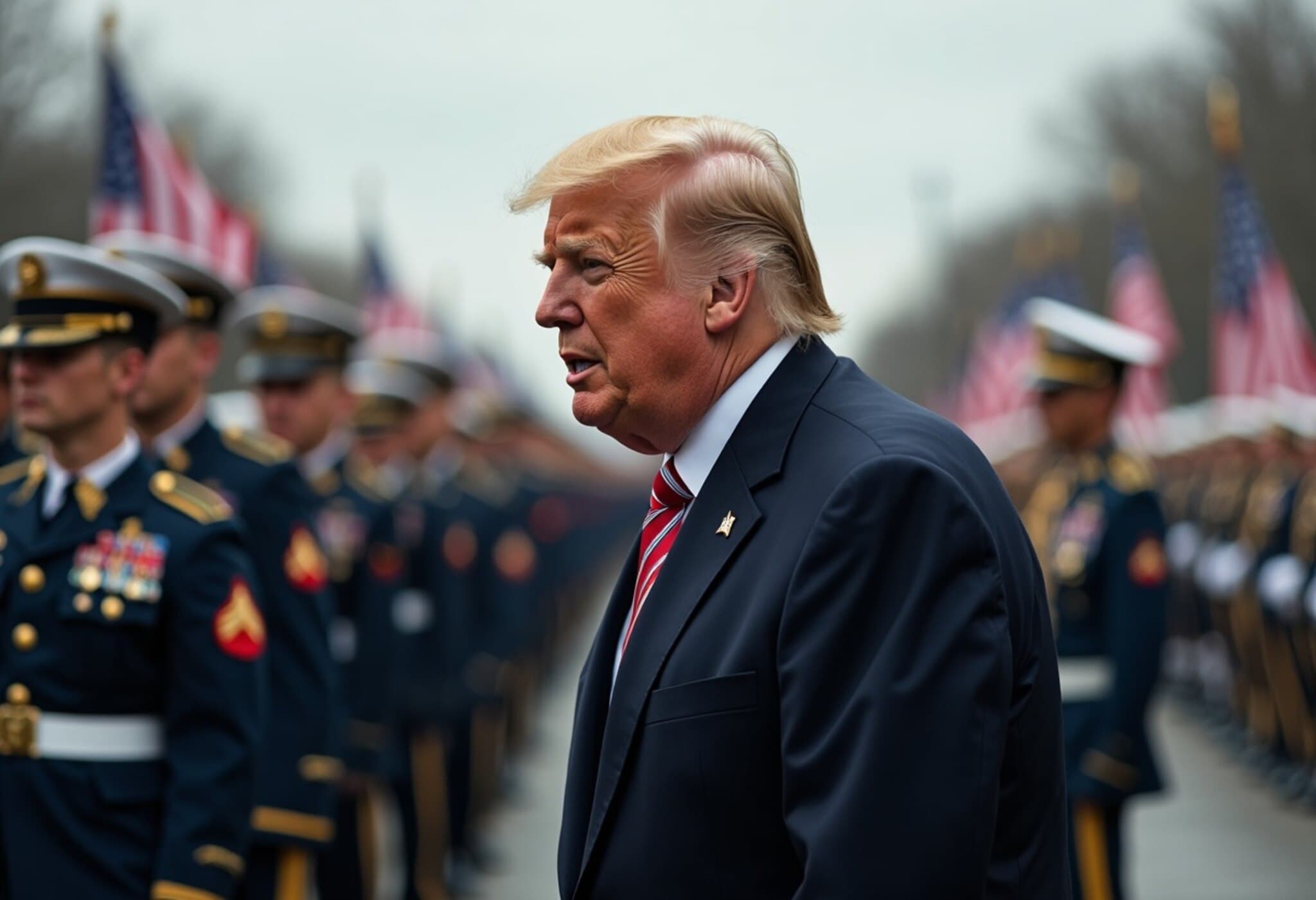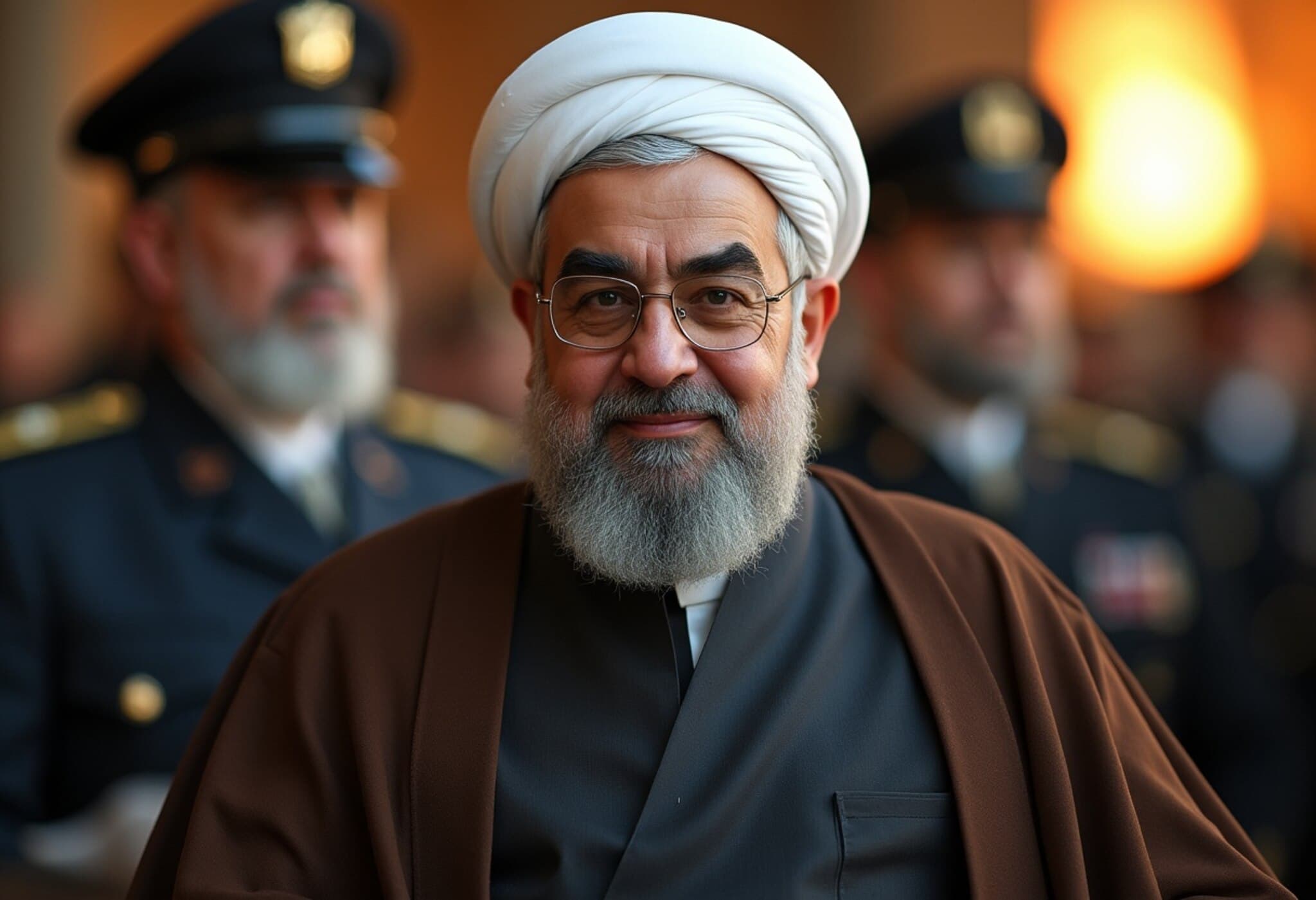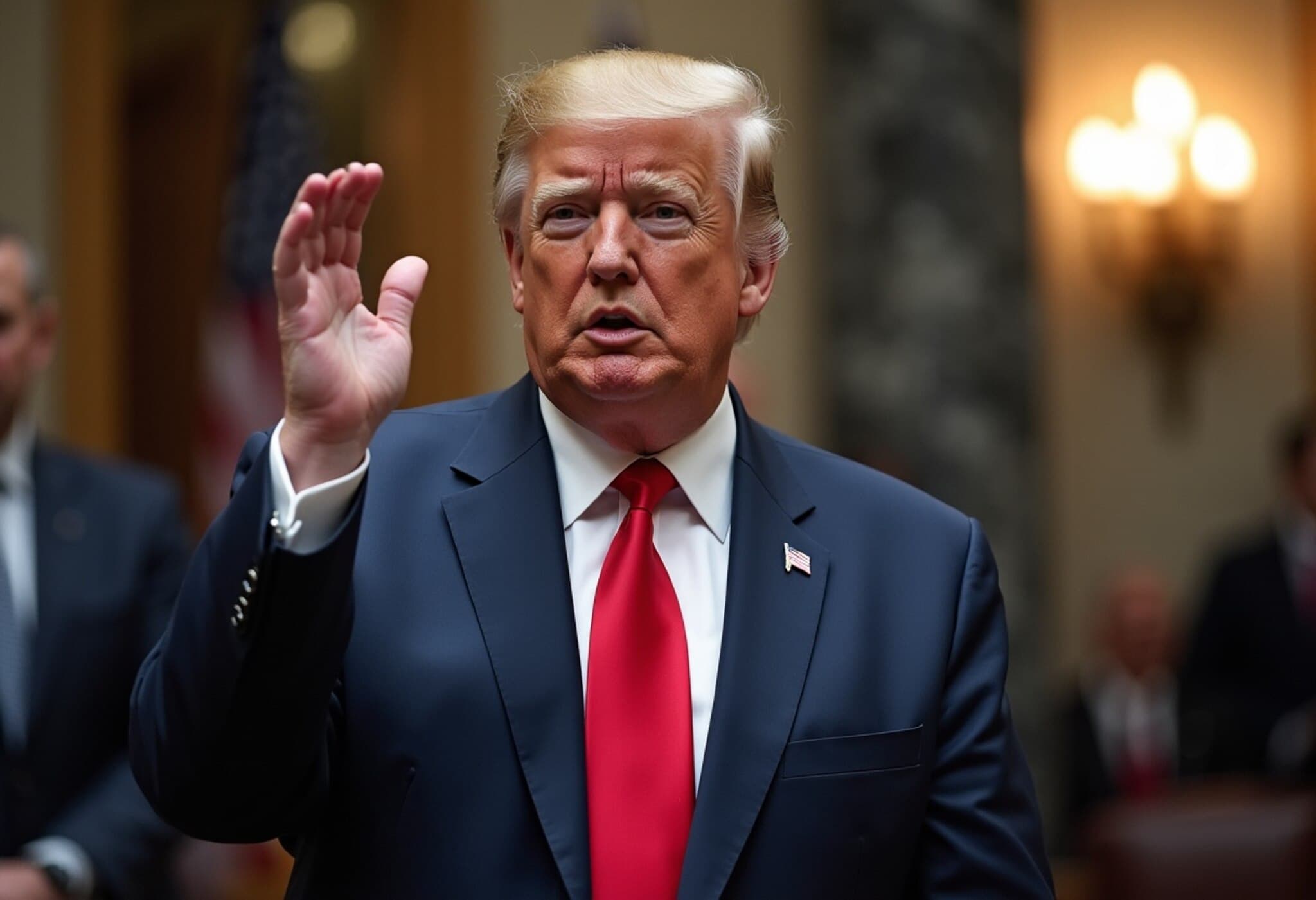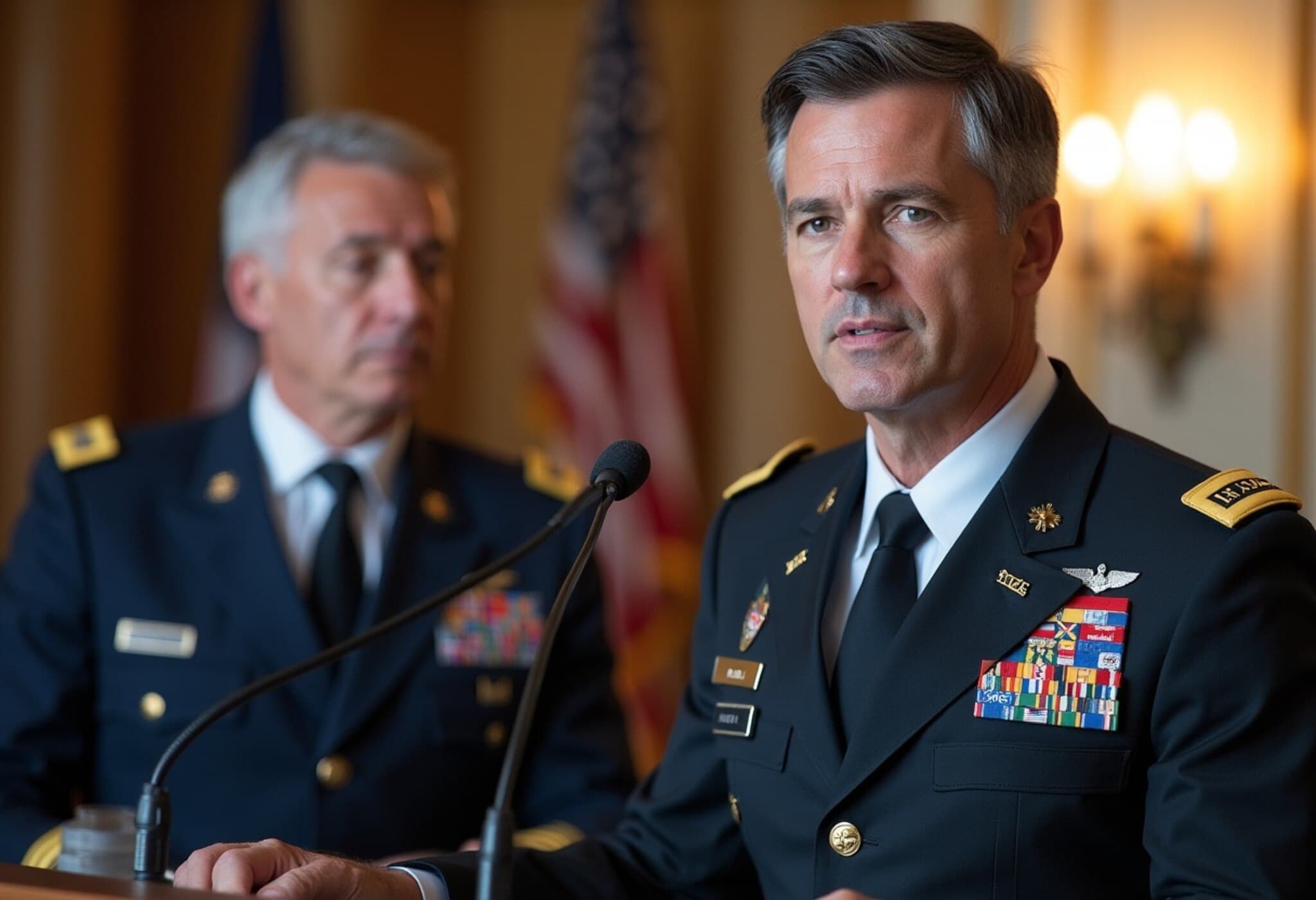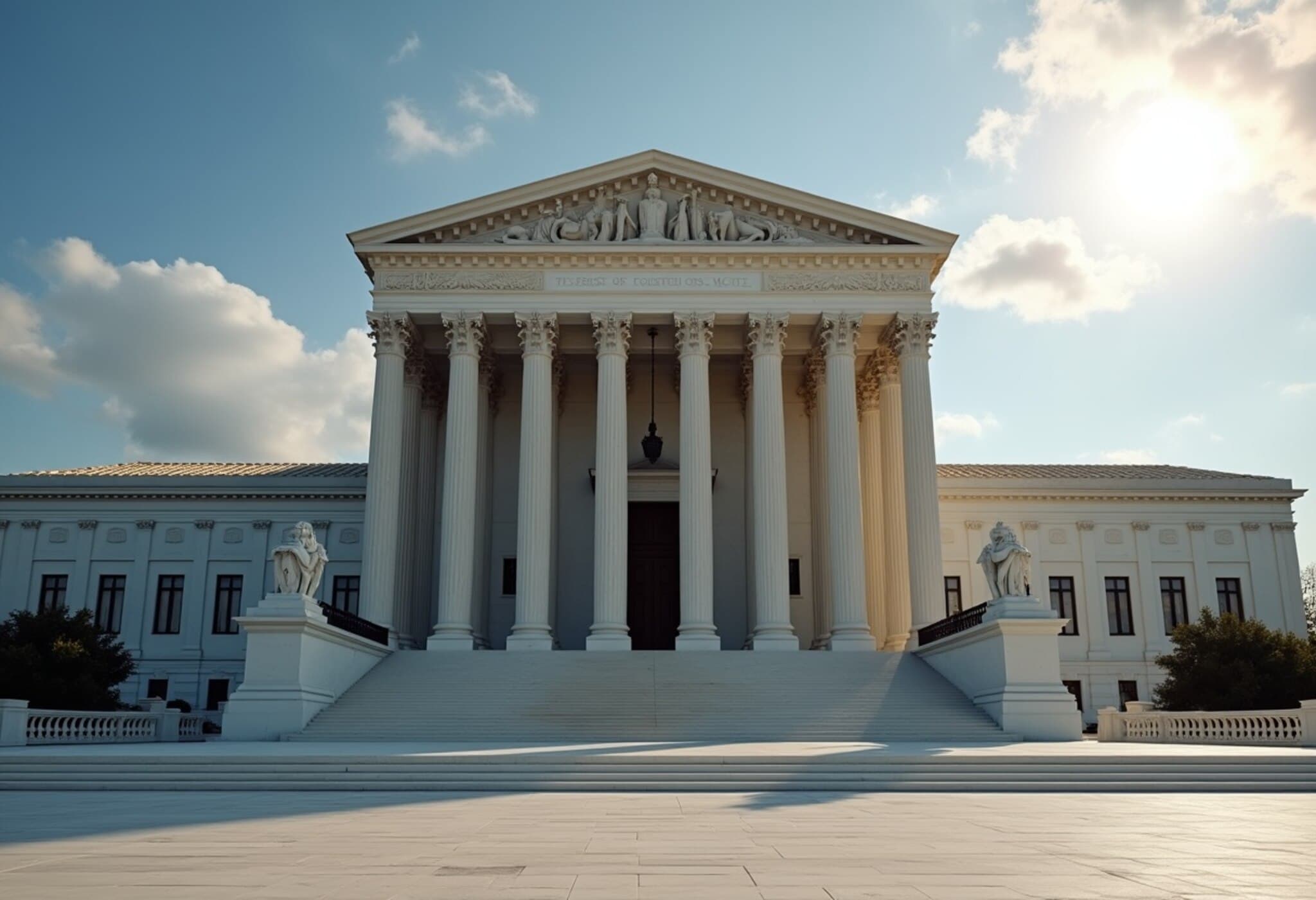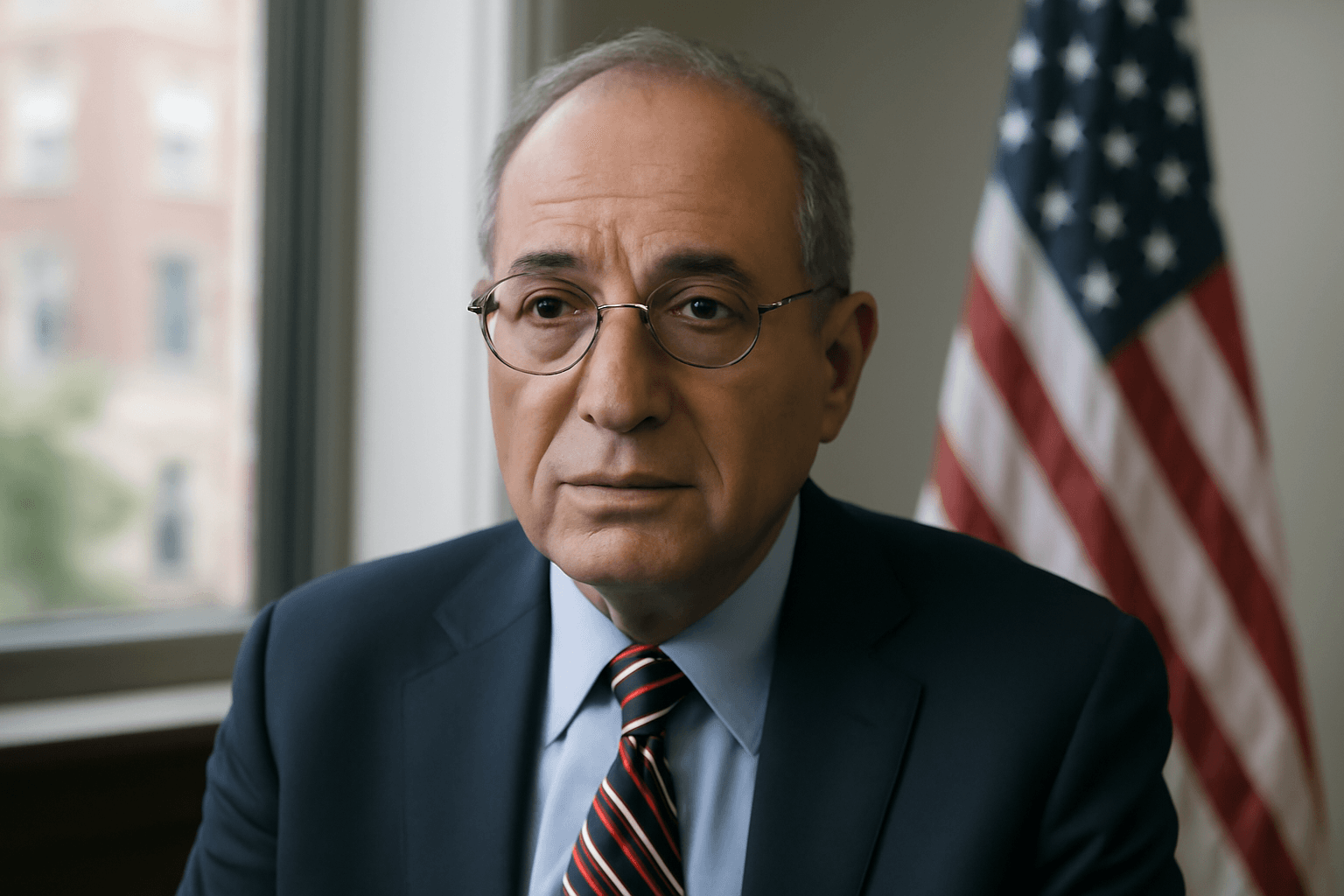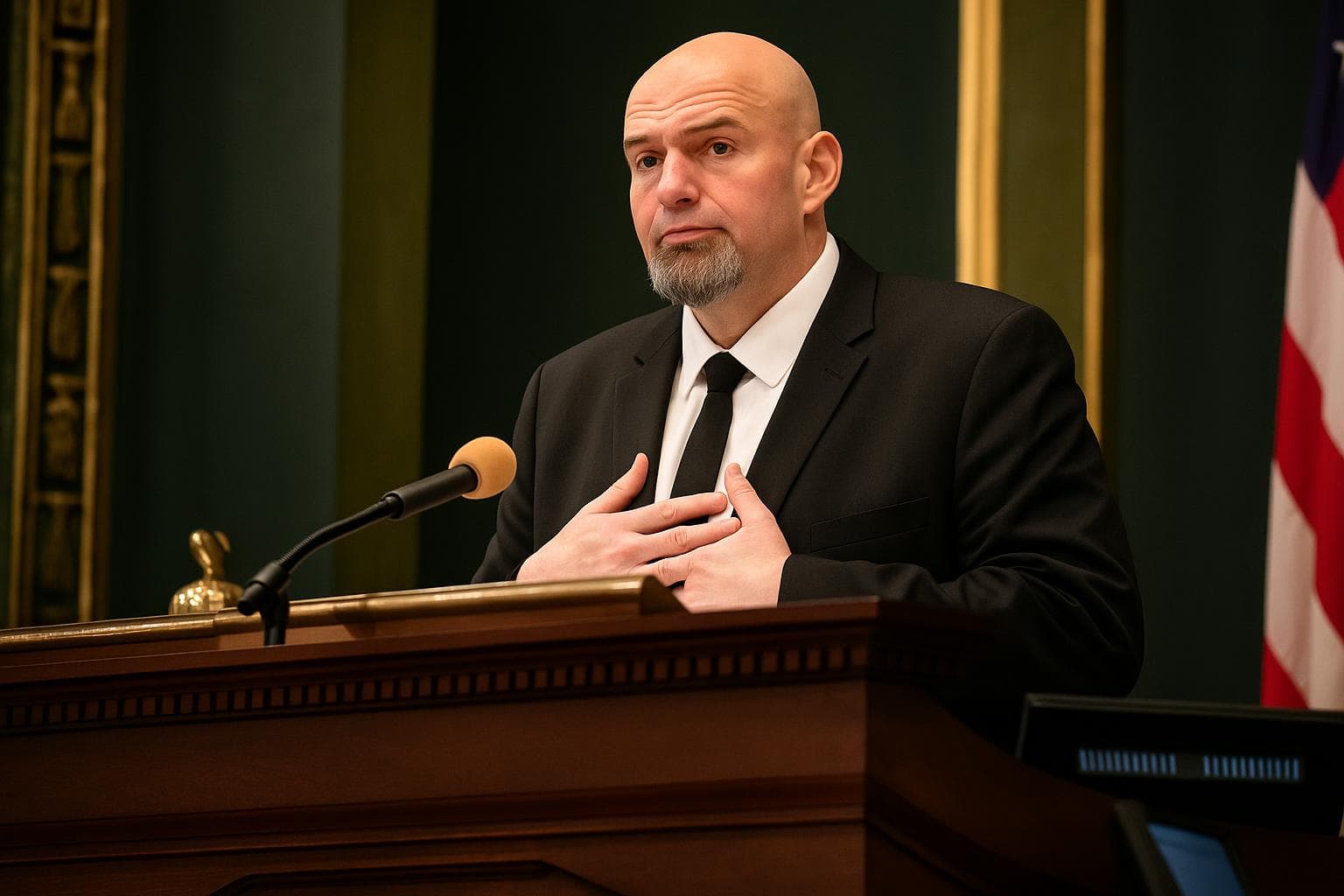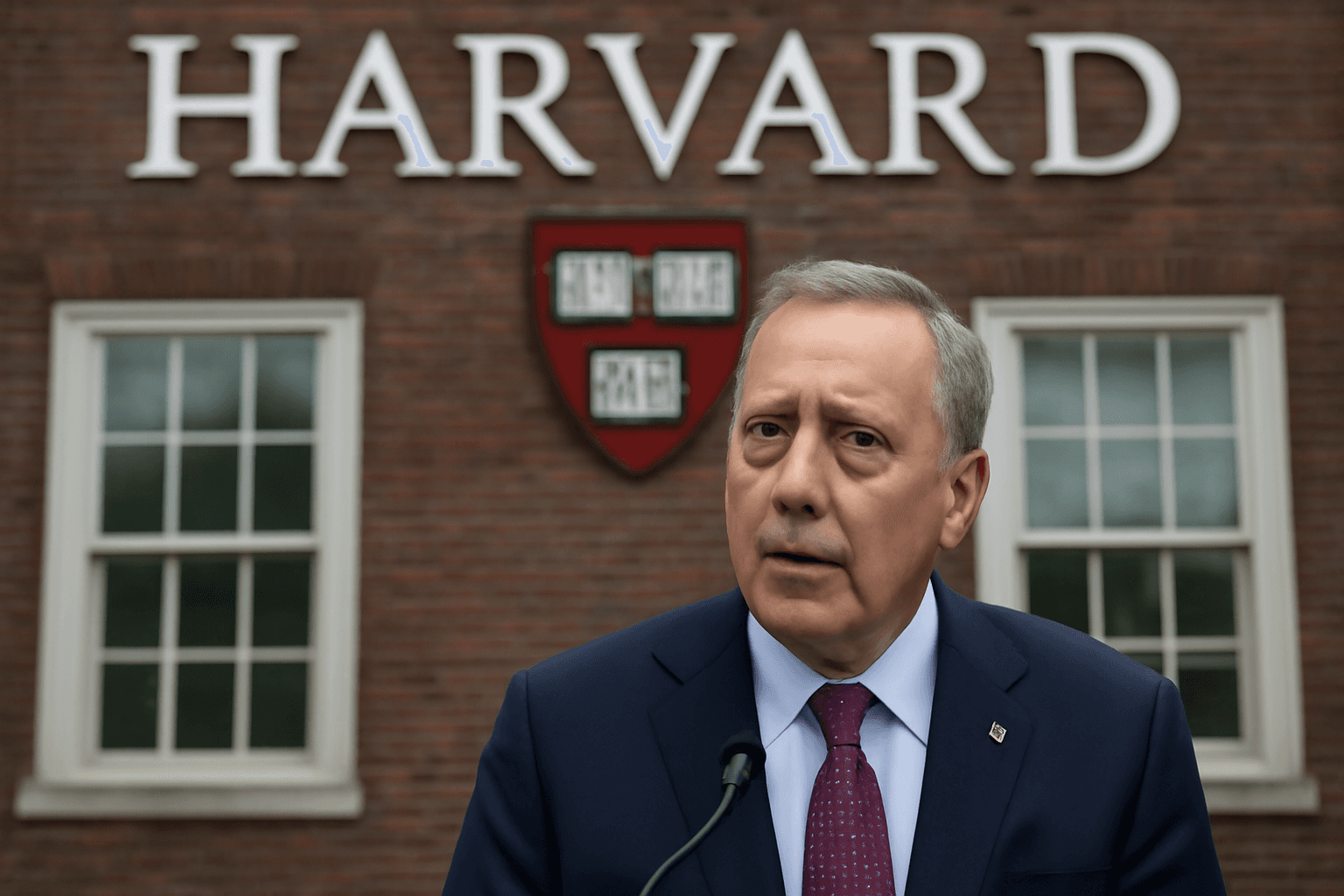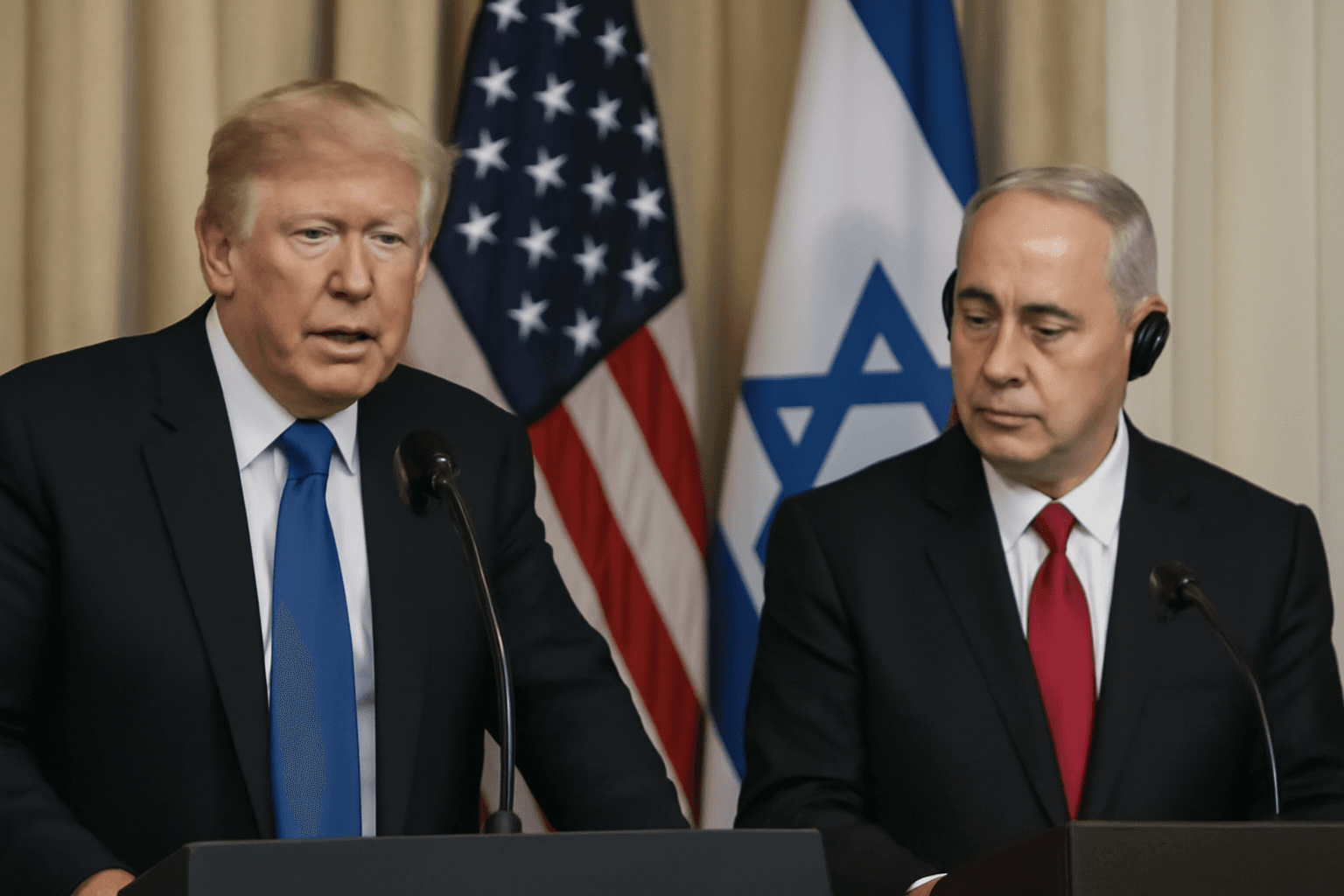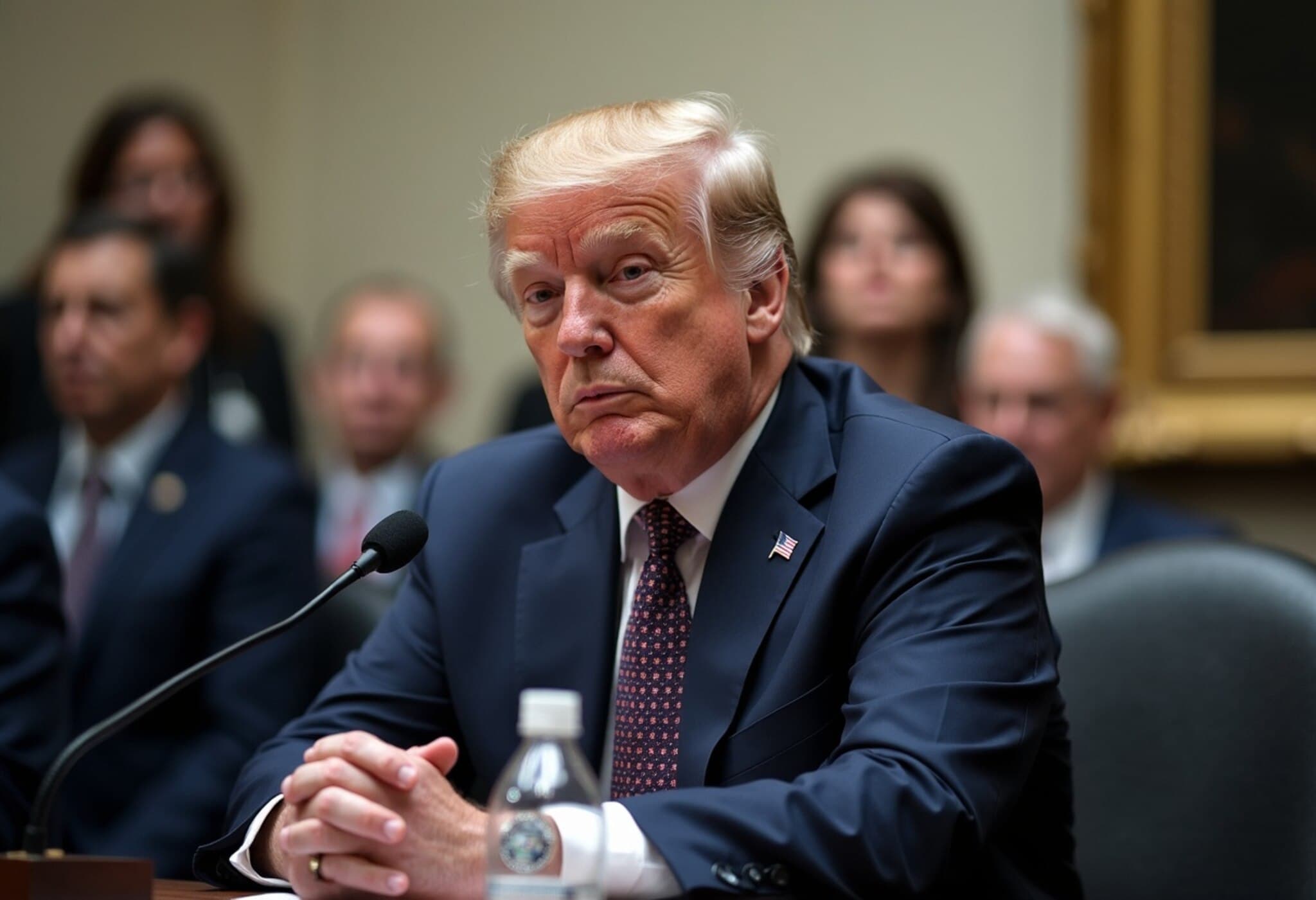Senate Parliamentarian Blocks Major Provisions of Trump's Policy Bill
With a self-imposed July 4 deadline looming, Senate Republicans faced a setback as the chamber’s parliamentarian ruled that several key measures in President Trump's signature domestic policy bill couldn't be included in their current form. The legislation, designed to push through conservative agenda items without facing a Democratic filibuster, stumbled because the bill failed to meet strict Senate budget rules.
Among provisions struck down were efforts to adjust Medicaid funding mechanisms and limit student loan repayment options. These provisions were vital to offsetting new tax cuts introduced in the bill. Senate Republicans are now scrambling to modify or remove disallowed elements while trying to salvage billions in planned Medicaid spending cuts.
The bill’s failure to comply with budgetary rules highlights internal GOP disagreements, especially over a controversial Medicaid tax loophole that many states use to finance health programs. Some Republican senators from rural states have voiced objections, pressuring leadership to allocate tens of billions in funding to support vulnerable rural hospitals at risk from these cuts.
Despite the rulings, Senate Majority Leader John Thune expressed confidence, calling the obstacles "speed bumps" and affirming contingency plans were in place. However, some GOP members expressed frustration, criticizing the parliamentarian's unelected role and calling for her removal, though disregarding her rulings risks undermining filibuster protections essential for passing the legislation.
Pentagon Officials Describe Iran Airstrikes But Offer Limited Damage Assessment
Defense Secretary Pete Hegseth and Joint Chiefs Chairman Gen. Dan Caine provided the Trump administration’s most detailed account yet of the planning and execution behind U.S. airstrikes targeting Iranian nuclear facilities. Emphasizing the complexity and secrecy of the mission, officials outlined how heavy bunker-buster bombs were precisely deployed against hardened underground sites.
Highlighting the development of the 30,000-pound GBU-57 Massive Ordnance Penetrator, Gen. Caine noted this weapon was crafted over 15 years specifically with targets like Iran's Fordo uranium enrichment plant in mind. Bombs penetrated deep underground shafts by first breaching concrete caps, unleashing destructive concussive waves that disabled critical centrifuge hardware.
Despite the detailed operational briefing, both Hegseth and Caine refrained from providing a conclusive assessment of the strikes’ overall impact on Iran’s nuclear capabilities. Instead, they deferred such evaluations to intelligence agencies, citing the military’s limited role in "battle damage assessment." This contrasts with President Trump’s prior claims declaring the nuclear sites "obliterated."
Media and Military Tensions Heighten
Hegseth took a combative stance toward the press, criticizing reports based on a preliminary intelligence leak that suggested the strikes only delayed Iran’s nuclear program by months. He accused certain reporters of misrepresenting the mission and urged the media to celebrate what he called a historic military success rather than dwell on scrutiny. General Caine maintained a more reserved tone, focusing on the courage of aircrews and defense personnel during the subsequent Iranian missile retaliation at a U.S. base in Qatar.
UN Atomic Watchdog Confirms Damage to Iranian Nuclear Facility
Rafael Grossi, head of the International Atomic Energy Agency, reported that centrifuges at Iran’s Fordo enrichment site are no longer operational following the U.S. strikes. Using satellite imagery, the agency inferred significant physical harm given the site’s vulnerability to vibrations caused by the bunker-busting bombs.
However, Grossi stopped short of declaring Iran’s nuclear program destroyed. With only some sites targeted and Iranian officials asserting protective measures for enriched uranium stockpiles, the program has undoubtedly suffered "enormous damage," though the precise setback timeframe remains uncertain, potentially stretching to decades depending on Iran’s response and repair efforts.
Inspector access to the sites remains blocked by Iran, which passed legislation suspending cooperation with the IAEA. This raises concerns about erosion of international oversight under Iran’s nuclear agreement obligations.
White House Defends Strikes Amidst Political and International Fallout
White House Press Secretary Karoline Leavitt praised the airstrikes as "wildly successful," dismissing critiques as politically motivated attacks and affirming that uranium had not been moved prior to the attack. She emphasized ongoing diplomatic communications with Iranian officials, signaling a pathway toward peaceful resolution despite escalating tensions.
Political and Legal Battles Escalate
- A House Oversight Committee subpoena was issued for a former White House aide in an investigation scrutinizing former President Biden's mental fitness and document-signing practices, stirring partisan controversy.
- Senate Democrats and some Republicans are set to receive classified briefings on the Iran strikes amid debates over presidential authority and congressional involvement.
- Supreme Court rulings allowing states to cut Medicaid funding to Planned Parenthood add further complexity to ongoing battles over federal health program funds.
- Illinois Governor JB Pritzker announced a bid for re-election with sharp criticisms of Trump’s administration and its policies.
- Trump administration officials launched new fundraising efforts with themed merchandise capitalizing on the president’s recent NATO summit nickname.
Conclusion
The Trump administration confronts both legislative hurdles and international challenges as it seeks to solidify its domestic agenda and project strength abroad. The ongoing controversy over the Iran airstrikes underscores deep divisions over the effectiveness and transparency of U.S. military operations, while internal political battles reflect persistent partisan tensions shaping the nation’s policy trajectory.

